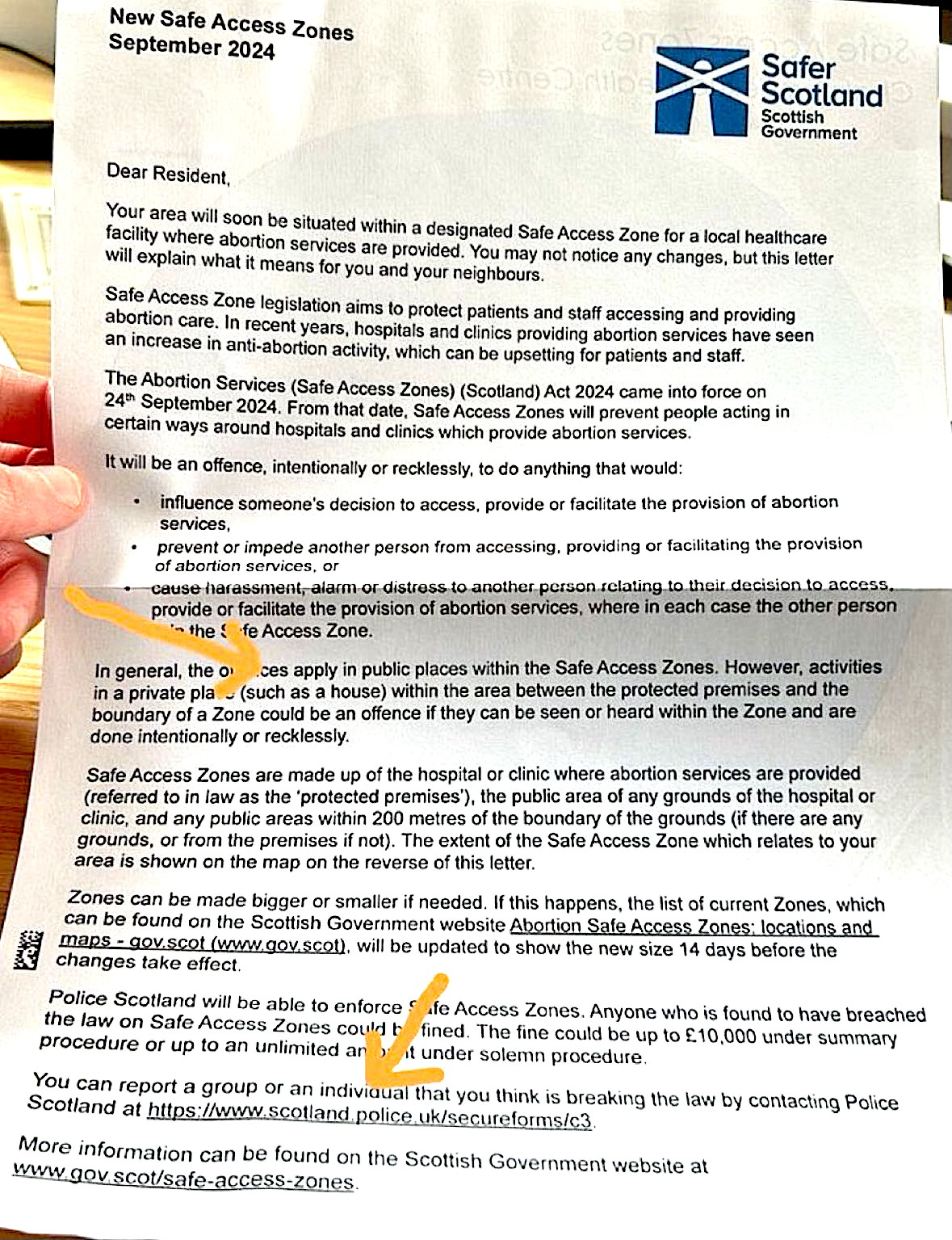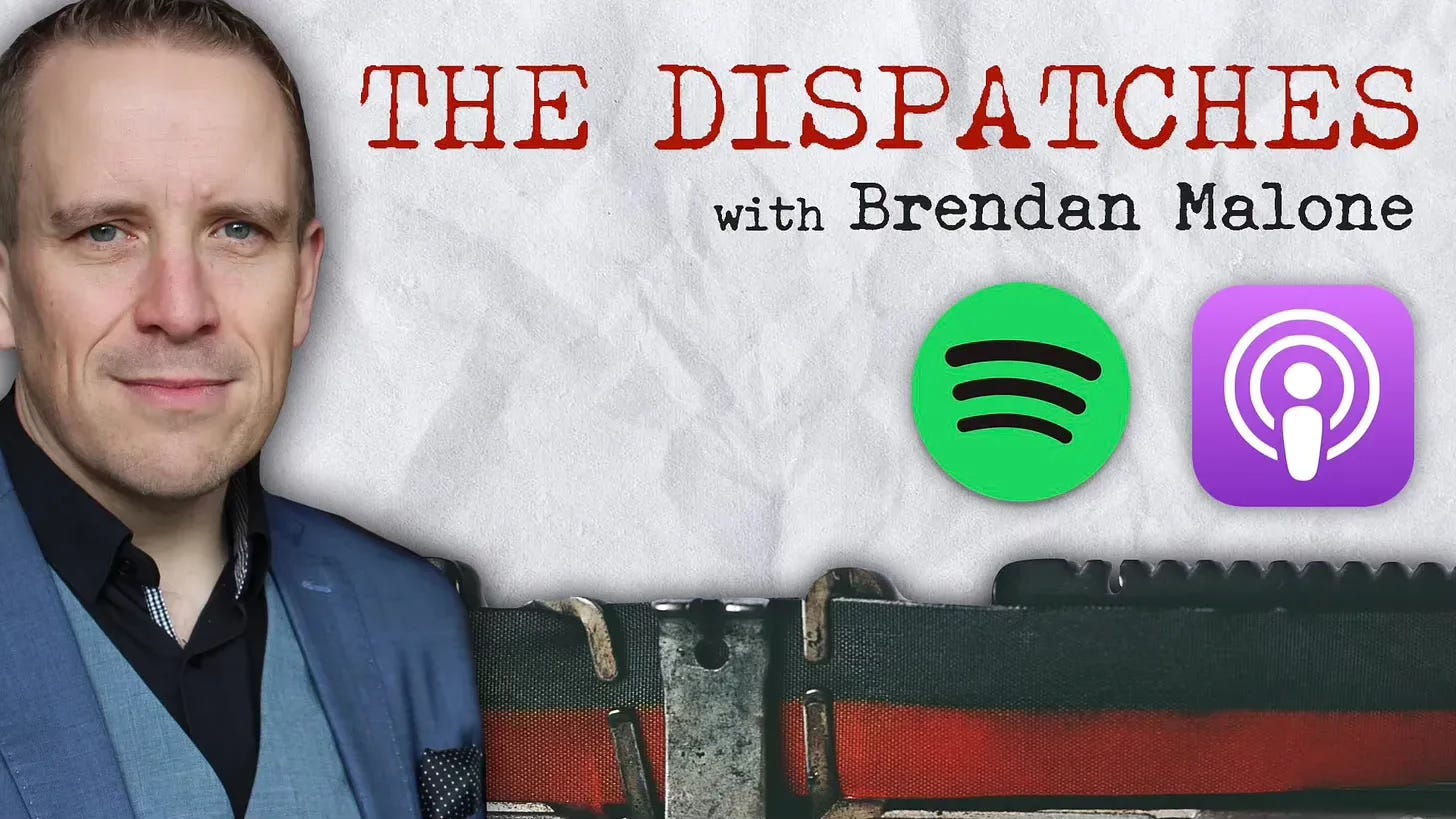Just a few days ago, US Vice President J.D. Vance delivered a scathing rebuke to European leaders at the Munich Security Conference about the increasingly authoritarian approach to suppressing public dissent in their region.
Of particular interest to me was the fact that he chose to confront the West’s growing pro-abortion authoritarianism in a passage of his speech dedicated to condemning the worryingly regular use of state power against peaceful pro-lifers:
“And perhaps most concerningly, I look to our very dear friends, the United Kingdom, where the backslide away from conscience rights has placed the basic liberties of religious Britons in particular in the crosshairs. A little over two years ago, the British government charged Adam Smith Conner, a 51-year-old physiotherapist and an Army veteran, with the heinous crime of standing 50 metres from an abortion clinic and silently praying for three minutes, not obstructing anyone, not interacting with anyone, just silently praying on his own. After British law enforcement spotted him and demanded to know what he was praying for, Adam replied simply, it was on behalf of his unborn son.
He and his former girlfriend had aborted years before. Now the officers were not moved. Adam was found guilty of breaking the government’s new Buffer Zones Law, which criminalises silent prayer and other actions that could influence a person’s decision within 200 metres of an abortion facility. He was sentenced to pay thousands of pounds in legal costs to the prosecution.
Now, I wish I could say that this was a fluke, a one-off, crazy example of a badly written law being enacted against a single person. But no. This last October, just a few months ago, the Scottish government began distributing letters to citizens whose houses lay within so-called safe access zones, warning them that even private prayer within their own homes may amount to breaking the law. Naturally, the government urged readers to report any fellow citizens suspected guilty of thought crime in Britain and across Europe.”
The deniers - many of whom appear to be woefully ignorant of exactly what their own governments have been up to when it comes to their crackdowns on pro-life dissent - initially tried to claim that he was lying about Scotland.
He wasn’t, and the very letter he had referred to in his speech quickly appeared on social media as a scathing rebuke to those who were touting the lie that Vance had fabricated the whole affair:
There are other examples too, that Vance didn’t mention in his speech, like UK woman Isabella Vaughan-Spruce, who was arrested twice by the British police for praying silently by herself in one of these ‘buffer zones’.
Vance’s unflinching challenge to these unjust laws isn’t just noteworthy because this is the first time a major political leader has taken to the global stage to challenge the prevailing pro-abortion hegemony.
It’s also noteworthy because he specifically named these incidents as violations of the right to freedom of conscience.
This wasn’t just some cheap ‘muh free speech’ jingoism. He cited actual concrete examples of abortocracy, where European citizens are being unjustly treated by the state for their pro-life beliefs, and he rightly highlighted this as a serious violation of their natural law rights.
This incident has particular relevance for New Zealand, because we also have these exact same criminalised speech zones here as well.
Despite the fact that the NZ Law Commission - in an offical ministerial briefing paper to the previous Labour Government - explicitly stated that such legal impositions serve no legitimate need, the previous Parliament enacted them anyway.
Here’s what they advised the Government on page 178 of their 2018, Government-commissioned, Alternative approaches to abortion law Ministerial briefing paper (emphasis added):
12.12 The Commission sought input from health professional bodies, abortion service providers and health practitioners about safe access zones. The majority felt that safe access zones were not needed. The Abortion Providers Group Aotearoa New Zealand (APGANZ) explained that only a minority of clinics had been targeted by distressing behaviour around their premises. Some abortion service providers reported that where women had been harassed or distressed by demonstrators in the past, Police responded effectively by moving the protestors on. Family Planning New Zealand noted that in its experience Police only intervened if demonstrators attempted to verbally engage with patients or staff at the clinic.
…
12.14 The Commission has not seen any clear evidence that the existing laws around intimidating and anti-social behaviour are inadequate, as would be required to justify the introduction of safe access zones. The Commission is also mindful that safe access zones would have to be considered for consistency with rights under the New Zealand Bill of Rights Act 1990, such as the rights to freedom of expression, freedom of peaceful assembly and freedom of association. Any limits on those rights through the imposition of safe access zones would need to be carefully considered to ensure they are reasonable and justified.
12.15 For these reasons, the Commission does not suggest the introduction of safe access zones. However, if demonstration activity were to intensify in the future, the Government could consider such a reform.
In this country, what are called ‘buffer zones’ in other places, are known as ‘safe areas’ - 300m diameter bubbles around the outside of various abortion facilities. In a nutshell; if you start at the external perimeter of the property on which the abortion facility is located, and then walk 150m in any direction away from the abortion facility, you are inside a criminalised speech zone the whole time.
If any member of the public engages in peaceful acts of expression about the issue of abortion within one of these so-called ‘safe areas’ (which are definitely not safe for freedom of conscience), they are committing a criminal act that can result in them being prosecuted and punished.
For those who are wondering, this state suppression of public voices in public places was also voted for by ACT leader David Seymour - an action which raises serious questions about whether he really does have a principled commitment to freedom of expression.
I personally know of at least one instance where the police preemptively appeared near one of these 150m criminalised speech zones and tried to force a small group of Kiwi pro-life women to depart, despite the fact that their peaceful prayer vigil was taking place well outside the legally restricted speech suppression zone.
So, not only am I more than grateful that Vice President Vance used the Munich platform to highlight these unjust excesses of state power, but I’m also quietly hoping it might be the start of a renewed public conversation about ending such abuses.







So praying inside the hospital in the chapel would technically be inside the safe zone? And if a person was wearing a prolife t-shirt in this environment, would they risk being removed from the premises?